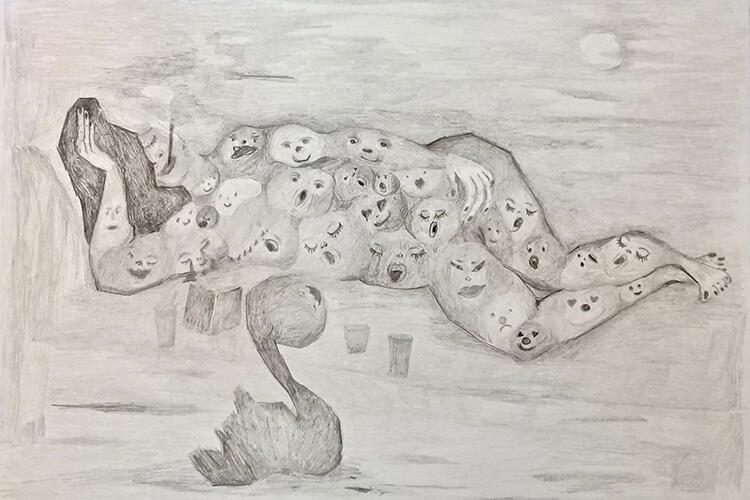ART AND PSYCHOANALYSIS IN "THERAPY" – MALBA’S NEW EXHIBITION
Curated by Gabriela Rangel, Verónica Rossi and Santiago Villanueva, the show takes as its starting point the influence of psychoanalysis on Argentine art and its establishment as a vector of modernity in the country. The selection of works is based on the weight that this field of knowledge and therapeutic practice exerted and still does, which became idiosyncratic of the national, to exhibit modern and contemporary Argentine artists who dialogue with different aspects, themes and problems of psychoanalysis.

The fundamental aim of Terapia is not to present a historiography of the discipline, but to constitute an invitation to think from the point of view of art about the reasons why the psychoanalytic drive is one of the most unique and outstanding features of modern Argentine culture.
The discipline created by Sigmund Freud in Vienna - around 1896 - arrived from Europe to Buenos Aires at the beginning of the 20th century, along with the discussions between psychologists, psychiatrists, doctors and philosophers about mental health practices. In a short time, it managed to penetrate the uses of language in the urban fabric of the capital and main cities of the country, in addition to joining the academic study programs.
In the words of Gabriela Rangel: “Without being exhaustive, nor tiring a vast set of relationships between practices and theorizations about the unconscious that have permeated the visual arts and brought thinkers, critics and artists closer to psychology in an inverse route, with this project exhibition we propose to make a reading of Argentine art from therapy and its curative promise. The selection ranges non-linearly from some formulations that appear with surrealism to the disruptive performative manifestations and expressions of the 1960s and 1970s ”, explains the museum's artistic director.
Organized into eleven thematic nuclei, the exhibition brings together nearly two hundred works by more than fifty Argentine artists such as Juan Batlle Planas, Pompeyo Audivert, Libero Badii, Emilio Renart, Aída Carballo, Grete Stern, Mildred Burton, Emilia Gutiérrez, Luis Felipe Noé, Martha Peluffo, Ideal Sánchez, Lea Lublin, Narcisa Hirsch, Oscar Masotta, Susana Rodríguez, Roberto Aizenberg, Margarita Paksa, Marcia Schvartz, Eduardo Costa, Roberto Jacoby, Marisa Rubio, Claudia del Río, Nicolás Guagnini and Manuel Aja Espil, among many others. It also includes a vast selection of documentary material that allows us to understand and contextualize the development of psychoanalysis in Argentina in relation to art and culture.




